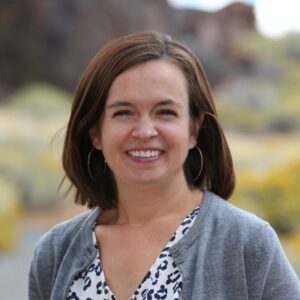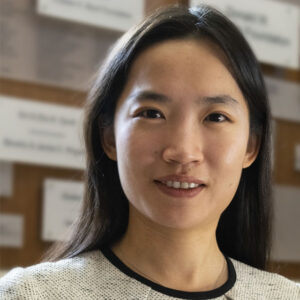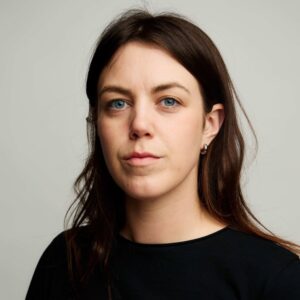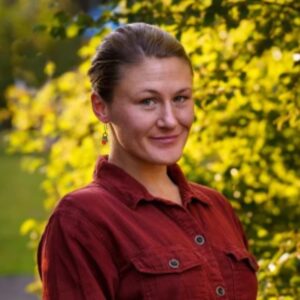About
The Mick Hitchcock, Ph.D., Project for Visualizing Science
The Mick Hitchcock, Ph.D., Project for Visualizing Science is an initiative to prepare students, professionals, and scientists to present science in visual, creative forms. Through curriculum, workshops, and experiential learning opportunities, students learn to communicate science effectively and combat misinformation while building and enhancing their skills for science storytelling.
The Hitchcock Project is housed in the Reynolds School of Journalism at the University of Nevada, Reno. We share content with KUNR Public Radio and are open to additional community partnerships. The project was established through a gift from biochemist and philanthropist Mick Hitchcock, Ph.D., in 2018.
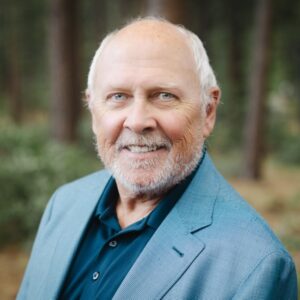
Mick Hitchcock, Ph.D.
Who We Are
The Hitchcock Project team is made up of faculty and students who practice, research, and study science communication and science journalism. Content for our website and social media channels is produced by Hitchcock Project graduate assistants as well as students from relevant courses within the Reynolds School of Journalism. If you are a current or prospective student who would like to get involved or learn more about the Hitchcock Project, please contact Jennifer Kent (jenniferkent@unr.edu)
Jennifer Kent, M.A.
Associate Professor of Practice in Science Communication and Hitchcock Project Director
Contact:
jenniferkent@unr.edu
Kelsey Fitzgerald, M.A.
Science Editor and Project Advisor
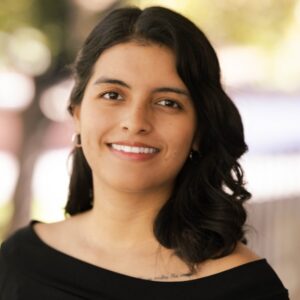
Vanesa De La Cruz Pavas, M.A.
Science Communication Specialist
Ran Duan, Ph.D.
Assistant Professor of Environmental Communication and Hitchcock Project Researcher
Our Approach
The stories, explainers, and other projects featured on this site are produced by students at UNR’s Reynolds School of Journalism as they explore diverse approaches to communicating scientific information. Stories produced for news writing courses adhere to standard journalistic ethics and practices. Other stories and projects are produced in collaboration with scientists from UNR and the surrounding community, providing our students the opportunity to practice science communications skills needed for careers in public relations or institutional science communication. We are committed to transparency about which stories are which; any article or project that involved a partnership, sponsorship, or other potential conflict of interest will be clearly labeled. In all of our work, we strive to tell stories that are engaging, accurate, and increase appreciation of science by broad audiences.
Awards and Honors
Students from the Reynolds School of Journalism have won the following awards and honors for their science storytelling:
- 2024 Hearst Journalism Awards – Madison Lloyd – What Would Happen if the Yellowstone Supervolcano Were to Erupt?” – 10th place, Multimedia Innovative Storytelling
- 2024 Hearst Journalism Awards – Zoe Malen – “Seven Sustainable and Eco-Friendly Brands to Support” – 13th place, Multimedia Innovative Storytelling.
- 2024 Hearst Journalism Awards – Sophia Holm – “Reno Fire Department Enlists Goats to Fight Fire” – 10th place, audio storytelling
- 2023 Hearst Journalism Awards – Tara Fejfar – “Nightmares: Terror, Triggers, and Treatments” – top 20 for Multimedia II Innovative Storytelling and Audience Engagement
- 2023 Hearst Journalism Awards – Joffea Burgos – “‘Asian Glow’ is the Body’s Warning to Avoid Alcohol” – 13th place, Hearst Multimedia I
- 2023 Hearst Journalism Awards – Kayla Crowley – “Enforced Obsolescence in Fashion Helps Make the Environment Obsolete” – 18th place, Hearst Multimedia I
Science Communication Courses at RSJ
Are you interested in learning more about science communication? The Hitchcock Project’s courses prepare students to communicate science and produce localized news about science, health, and the environment that is visually engaging, user-focused, accessible and tailored to the specific needs of our community. Other science-related course offerings from the RSJ cover topics such as data journalism, research, health communication, and more. Upcoming courses include:
FALL 2024
JOUR 490A Special Problems: Risk Communication
An introduction to the field of environmental, science, health and risk communication. Class discussions will draw theoretical and conceptual considerations from fields such as environmental sociology, social psychology, visual communication, and risk perception. Topics include, for example, social constructions of environmental issues, environmental discourses in popular culture, scientific uncertainty, pseudoscience and misinformation, technology and system failures, health emergency.
Instructor: Ran Duan, Ph.D.
JOUR 496/696 – Scientific Communication Masterclass (1 credit)
Mondays, 4:00-4:50 pm
This class will teach how to tell engaging stories about complex science with a particular focus on solutions to overcome climate change. Learn to communicate how science and technology can help solve real-world problems, the fundamentals of data visualization, storytelling skills about scientific discoveries, and craft effective visual campaigns to share research findings.
- BCH 496 and JOUR 496 are cross-listed; credit may be earned in one of the two.
- BCH496/JOUR496 will satisfy Silver Core Objective 9: SCIENCE, TECHNOLOGY & SOCIETY
- Prerequisite(s): JOUR 108 or CHEM 121A; Junior or Senior standing.
Instructors: John Cushman, Jennifer Kent
SPRING 2025
JOUR 460/660 – News Studio: Science Reporting.
In this course, we will apply your growing skills in multimedia reporting to tell engaging stories about science, with a focus on climate change in Nevada. We will work to build a basic understanding of climate change in our region and produce stories on current climate-related challenges, projected future climate change impacts, and possible solutions underway in our state and community.
This class is part of the Hitchcock Project for Visualizing Science, however, you do not need a science background to take this class. We will learn how to find stories, how to identify experts, and how to read a scientific paper. We will practice pitching stories, explore the writing process, and experiment with different ways to incorporate visuals, audio, or other multimedia elements to tell compelling and engaging stories about science. We will also learn to think critically about climate misinformation and read and analyze work by science journalists who are at the top of their trade.
Instructor: Jennifer Kent, M.A.
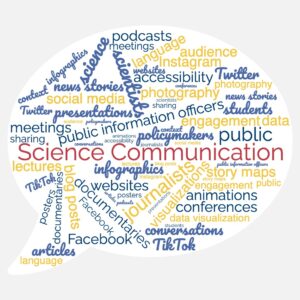
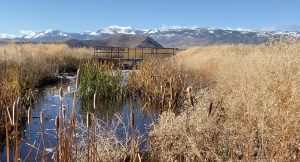
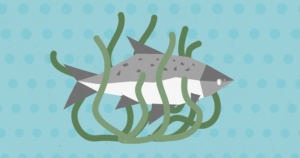
Land Acknowledgement
We acknowledge that the University of Nevada, Reno is situated on the traditional homelands of the Numu (Northern Paiute), Wašiw (Washoe), Newe (Western Shoshone), and Nuwu (Southern Paiute) peoples. These lands continue to be a gathering place for Indigenous Peoples and we recognize their deep connections to these places. We extend our appreciation for the opportunity to live and learn on their territory.


